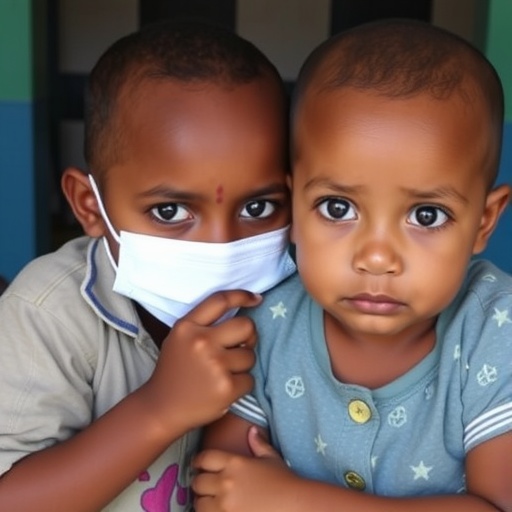A new article in the Proceedings of the National Academy of Sciences explores how cyber attack victims should best respond.
The article presents a game-theoretic model called the Blame Game, which shows when a victim should tolerate an attack and when it should respond publicly. The best strategic choice depends on the vulnerability of the attacker, the victim's knowledge level, the potential payoff for various outcomes and the beliefs each player has about its attacker.
The model applies to a wide range of conflicts and provides guidance to policymakers about which parameters must be estimated to make a sound decision about attribution and blame. Analysis of the model suggests that in many cases it may be rational for nations to tolerate cyber attacks, even in the face of strong public criticism. It also shows how imbalances between adversaries' abilities to trace attacks back to their origin can be destabilizing.
The article is published in the Feb. 27 online edition of PNAS and comes as the United States faces increasing threats in cyberspace, including the recent widely publicized attacks against the Democratic National Committee and the Chinese theft of databases containing the personal information of 21.5 federal employees.
"Conflict is increasingly common and severe on the Internet today, as governments and corporations have recognized its potential as an instrument of power and control," said co-author Stephanie Forrest, a distinguished professor at the University of New Mexico and an external professor at the Santa Fe Institute.
"Unlike nuclear technology, it can be extremely challenging to identify the party responsible for a cyber attack, and this complicates the strategic decision of when to assign blame. Our model elucidates these issues and identifies key parameters that must be considered in formulating a response," Forrest said.
At UNM, Dr. Forrest directs the Adaptive Computation Laboratory, where she leads interdisciplinary research and education programs, including work on computer security, software engineering, and biological modeling. She is also a member of the Center for Evolutionary and Theoretical Immunology (CETI) and a co-principal investigator of the Advance at UNM project, which is dedicated to recruiting, retaining and advancing women and minority STEM faculty.
###
Other authors of the PNAS article include Benjamin Edwards, a recent Ph.D. in Computer Science from UNM, now a postdoctoral researcher at IBM Research; Alexander Furnas, a doctoral student at the University of Michigan's Department of Political Science and Robert Axelrod, Walgreen Professor for the Study of Human Understanding at the University of Michigan Gerald R. Ford School of Public Policy.
Media Contact
Jenna Marshall
[email protected]
505-426-2798
@sfi_news
http://www.santafe.edu
############
Story Source: Materials provided by Scienmag




